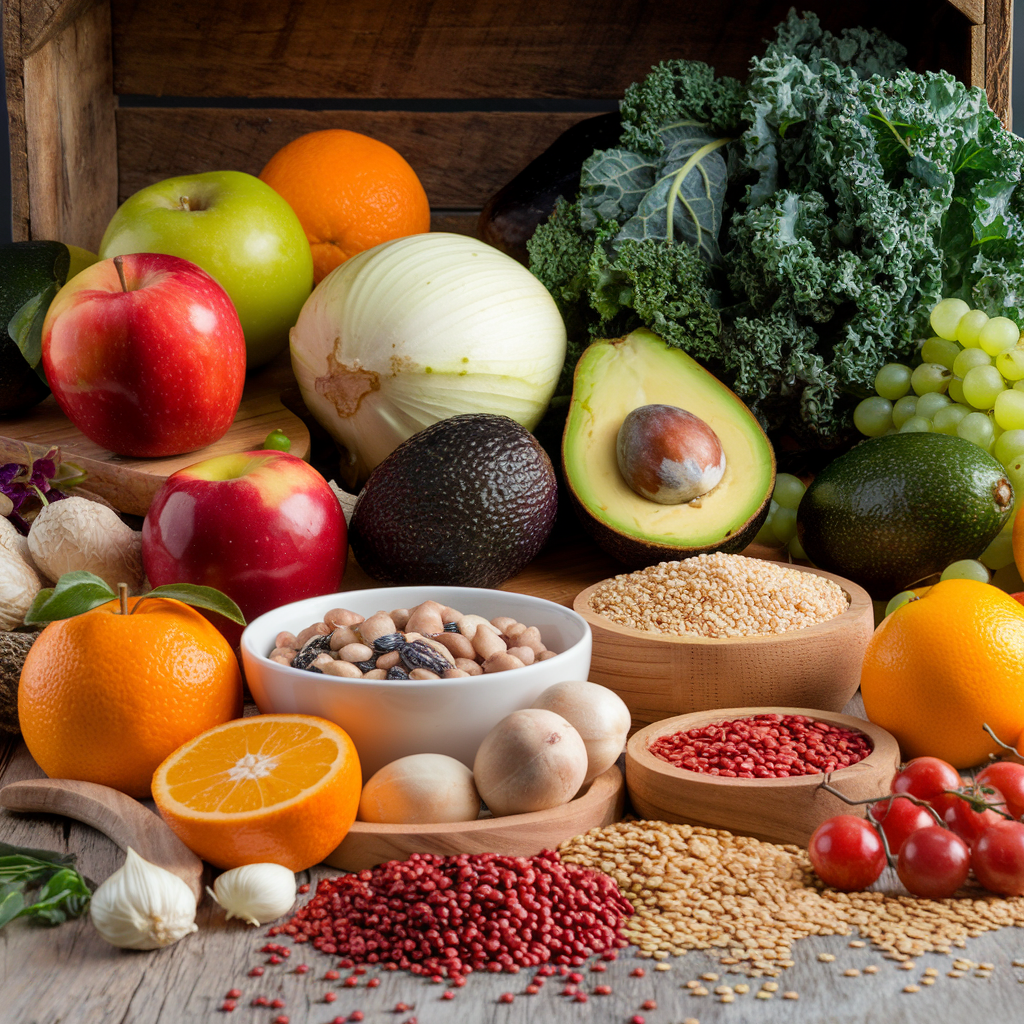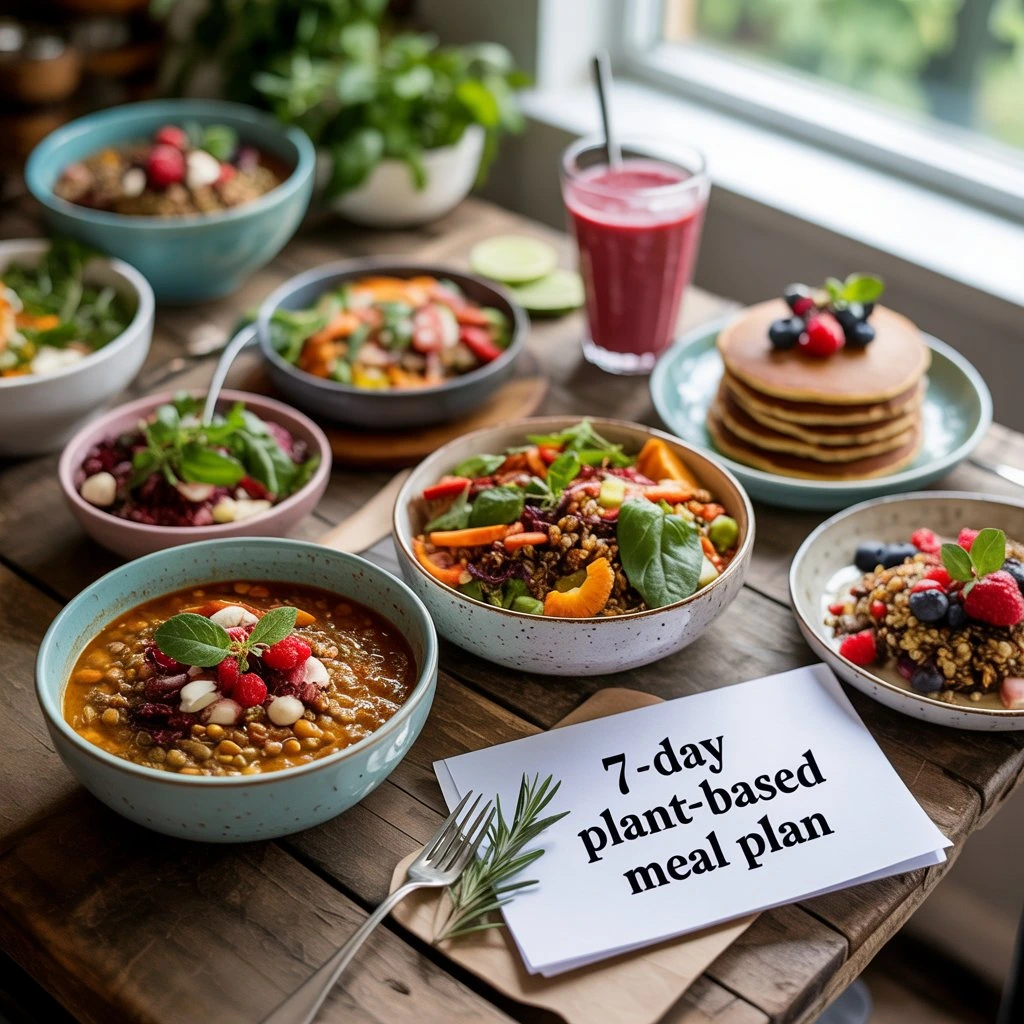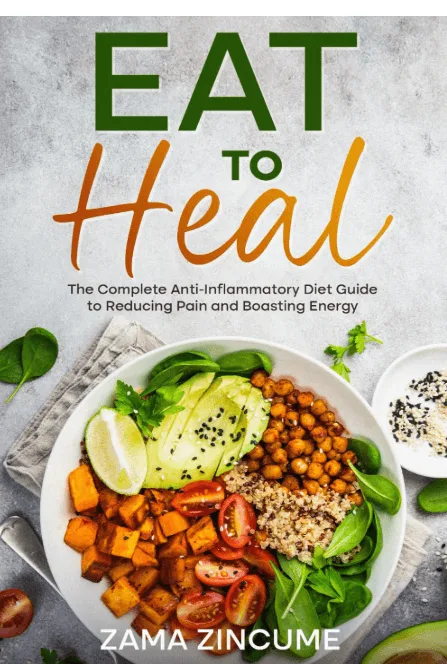Plant-Based Nutrition Basics: What Your Body Actually Needs

Reading time: ~12 minutes
In this article
- First things first: you can meet your needs on plants
- The macronutrient trio
- Micronutrients to prioritise
- Quick daily targets
- How to build a balanced plate
- Sample 1-day menu
- Shopping & pantry set-up
- FAQs
- References & helpful resources
First things first: you can meet your needs on plants
Short answer: yes—when it’s well planned.
Major nutrition bodies recognise that vegan and vegetarian diets can be nutritionally adequate for adults and offer health benefits.
Meanwhile, South Africa’s own food guidelines emphasise starchy foods, vegetables and fruits, and legumes—the core of plant-forward eating.
If your pantry looks typically South African, you’re already part-way there.
Let’s break down exactly what your body needs and how to cover those needs using local, affordable foods.
The macronutrient trio (and why balance matters)
1) Protein: how much and from where?
A practical baseline for most healthy adults is about 0.8 g of protein per kilogram of body weight per day. A 70 kg adult would aim for ~56 g/day. Active people, older adults, and specific life stages may benefit from more—adjust with a qualified professional.
Great plant sources (local & easy): beans (sugar, red kidney), cowpeas, lentils, chickpeas, soy mince/tofu, oats, sorghum, brown rice, whole-wheat bread, peanuts, sunflower & sesame seeds, chia.
Pro tip: You don’t need to combine proteins at every meal—simply eat a variety over the day. Think pap + beans, lentil breyani, or peanut-spinach stew with brown rice.
2) Smart carbohydrates & fibre: fuel that actually helps
Carbs are your body’s preferred fuel.
The secret is choosing whole sources that deliver fibre, vitamins, and minerals. Aim for roughly 25–38 g fibre/day (women–men), with many adults benefiting from >30 g.
- Breakfast: oats or sorghum porridge with fruit + seeds
- Lunch: beans over brown rice or whole-wheat pita
- Dinner: add one extra veg by default—grated carrot, tomato salsa, or steamed greens
3) Healthy fats & omega-3s: nourish brain and hormones
Prioritise unsaturated fats (avocado, olives/olive oil, nuts, seeds) and keep saturated fat lower, replacing it with unsaturated where possible.
For omega-3s, get daily ALA from ground flaxseed, chia, walnuts, canola/soybean oil. Because ALA conversion to EPA/DHA is limited, many plant-based eaters also consider an algae-based EPA/DHA supplement—especially in pregnancy/lactation or by preference.
Micronutrients to prioritise on a plant-based diet
Vitamin B12 (the non-negotiable)
What: crucial for red blood cells and nerves.
Why: reliable natural sources are animal-derived, so vegans should use fortified foods (nutritional yeast, plant milks, cereals) and/or a B12 supplement.
Adults generally need about 2.4 µg/day; confirm dosing and testing with your clinician.
Iron: pair with vitamin C for better absorption
Sources: beans, lentils, soy, peas, dark leafy greens, pumpkin seeds, raisins, and fortified maize/wheat products.
Boost absorption: eat with vitamin C (e.g., beans + tomatoes, spinach + citrus). Enjoy tea/coffee between meals to avoid reducing iron uptake.
Calcium: bones, muscles, nerves
Sources: fortified plant milks, tofu set with calcium, low-oxalate greens (kale, broccoli), sesame/tahini, almonds, white beans.
Note: spinach is calcium-rich but high in oxalates—mix in lower-oxalate greens and use fortified foods to be safe.
Vitamin D: sunshine (and often a supplement)
Vitamin D supports calcium absorption and immunity. Aside from UV-exposed mushrooms and fortified foods, diet sources are limited.
Because sun exposure varies (season, skin tone, latitude, sunscreen), many adults use a supplement to maintain adequate levels—test and personalise with your provider.
Iodine: tiny mineral, big thyroid job
Use iodised salt for reliable intake. Seaweed can vary widely—enjoy occasionally and cautiously. If you avoid iodised salt or use speciality salts, be deliberate about other iodine sources or a supplement as advised.
Zinc: immunity, skin, healing
Sources: whole grains, legumes, nuts, seeds.
Absorption tip: soaking, sprouting, fermenting (e.g., sourdough, tempeh) can reduce phytates and improve availability.
Quick daily targets (general adult guidance)
- Protein: ~0.8 g/kg/day baseline; more for some groups
- Fibre: ~25–38 g/day (women–men); >30 g often beneficial
- Vitamin B12: ~2.4 µg/day; use fortified foods and/or a supplement
- Calcium: ~1,000 mg/day (19–50 yrs); absorbability matters
- Vitamin D: ~15 µg (600 IU)/day (19–70 yrs), personalised to labs
- Iodine: ~150 µg/day (adults); iodised salt helps
- Zinc: ~8–11 mg/day (women–men)
Note: needs change in pregnancy, breastfeeding, medical conditions, and athletic training. Work with your healthcare provider.
How to build a balanced plant-based plate (SA edition)
- Base (energy): mielie meal (pap), brown rice, sorghum, samp & beans, whole-grain pasta
- Protein: beans, lentils, soy mince, tofu, chickpeas, peanuts
- Colour (micronutrients): spinach/morogo, tomatoes, carrots, cabbage, butternut, beetroot
- Healthy fats: avocado, olives, olive/avocado oil, nuts, seeds (ALA from flax/chia)
Example combos: pap + chakalaka beans + garlicky greens; brown rice + lentil curry + carrot-cabbage slaw; whole-wheat roti + chickpea masala + cucumber mint salad; tofu scramble + tomato-onion relish + avocado on toast.
A simple 1-day plant-based menu (budget-friendly, local)
Breakfast
Creamy sorghum porridge with banana, 1 Tbsp peanut butter, and a sprinkle of ground flaxseed. Rooibos on the side.
Snack
Apple + a handful of roasted peanuts.
Lunch
Cowpea & tomato breyani over brown rice, with cucumber-carrot salad (lemon for vitamin C to aid iron absorption).
Snack
Hummus with raw veg sticks (carrot, pepper, baby marrows) + whole-wheat crackers.
Dinner
Pap topped with sugar-bean chakalaka and garlicky sautéed morogo. Drizzle of tahini for calcium and flavour.
Optional evening
Warm cinnamon oat milk (fortified) or a small chia pudding (made with fortified plant milk).
Shopping & pantry set-up: small habits, big results
- Stock the “big five” legumes: sugar beans, lentils (red + brown), chickpeas, split peas, soy mince.
- Choose fortified where helpful: plant milks with added calcium + B12 (check per-serving labels).
- Keep an ALA source handy: ground flaxseed (store in fridge), chia, walnuts.
- Plan fibre by default: whole-grain bread/pasta, brown rice, oats, sorghum.
- Season smart: onions, garlic, curry spices, chilli, lemon—flavour builds consistency.
- Use iodised salt unless advised otherwise: it’s a simple way to cover iodine.
Make it easy: get my free 7-Day Plant-Based Meal Plan

Download the free 7-Day Meal Plan
Frequently Asked Questions
Do I need a B12 supplement if I drink fortified milk?
If your daily intake from fortified foods is inconsistent, a supplement is the simplest insurance. Confirm dosage and testing with your clinician.
How much protein do I need on a plant-based diet?
A practical baseline is ~0.8 g/kg/day for healthy adults; some may need more (e.g., pregnancy, athletes). Focus on legumes, soy, grains, nuts and seeds.
Is spinach a good calcium source?
It contains calcium but also oxalates that reduce absorption. Mix in low-oxalate greens (kale, broccoli) and include fortified foods for reliable intake.
Should vegans take omega-3 (EPA/DHA)?
Daily ALA from flax/chia/walnuts is a great start. Because conversion to EPA/DHA is limited, many consider an algae-based supplement—especially in pregnancy.
How do I get iodine if I don’t use much salt?
Use small amounts of iodised salt, include fortified foods, or discuss a supplement with your provider. Seaweed varies—enjoy occasionally and cautiously.
Learn more about plant-based nutrition and its impact from Eat to Heal.

References & helpful resources
- Position paper: vegetarian/vegan diets are nutritionally adequate (Academy of Nutrition & Dietetics)
- South African Food-Based Dietary Guidelines (FAO overview)
- Introduction to the revised SA dietary guidelines (journal article)
- Protein basics: how much do you need? (Harvard Health)
- Fibre intake & health benefits (Harvard Health)
- Dietary fibre & cardiometabolic health (BMJ review)
- WHO: replace saturated fats with unsaturated
- Omega-3s overview (NIH ODS – Health Professional)
- Vitamin B12 fact sheet (NIH ODS)
- Iron fact sheet (NIH ODS)
- Vitamin C & iron absorption (NIH ODS)
- Calcium fact sheet (NIH ODS)
- Calcium bioavailability overview (review)
- Vitamin D fact sheet (NIH ODS)
- Iodine nutrition in South Africa & iodised salt policy
- Zinc fact sheet (NIH ODS)
- Fortification of maize meal and wheat flour (Government Gazette)
© Eating Plant-Based ZA • All rights reserved.

1 thought on “Plant-Based Nutrition Basics: What Your Body Actually Needs”